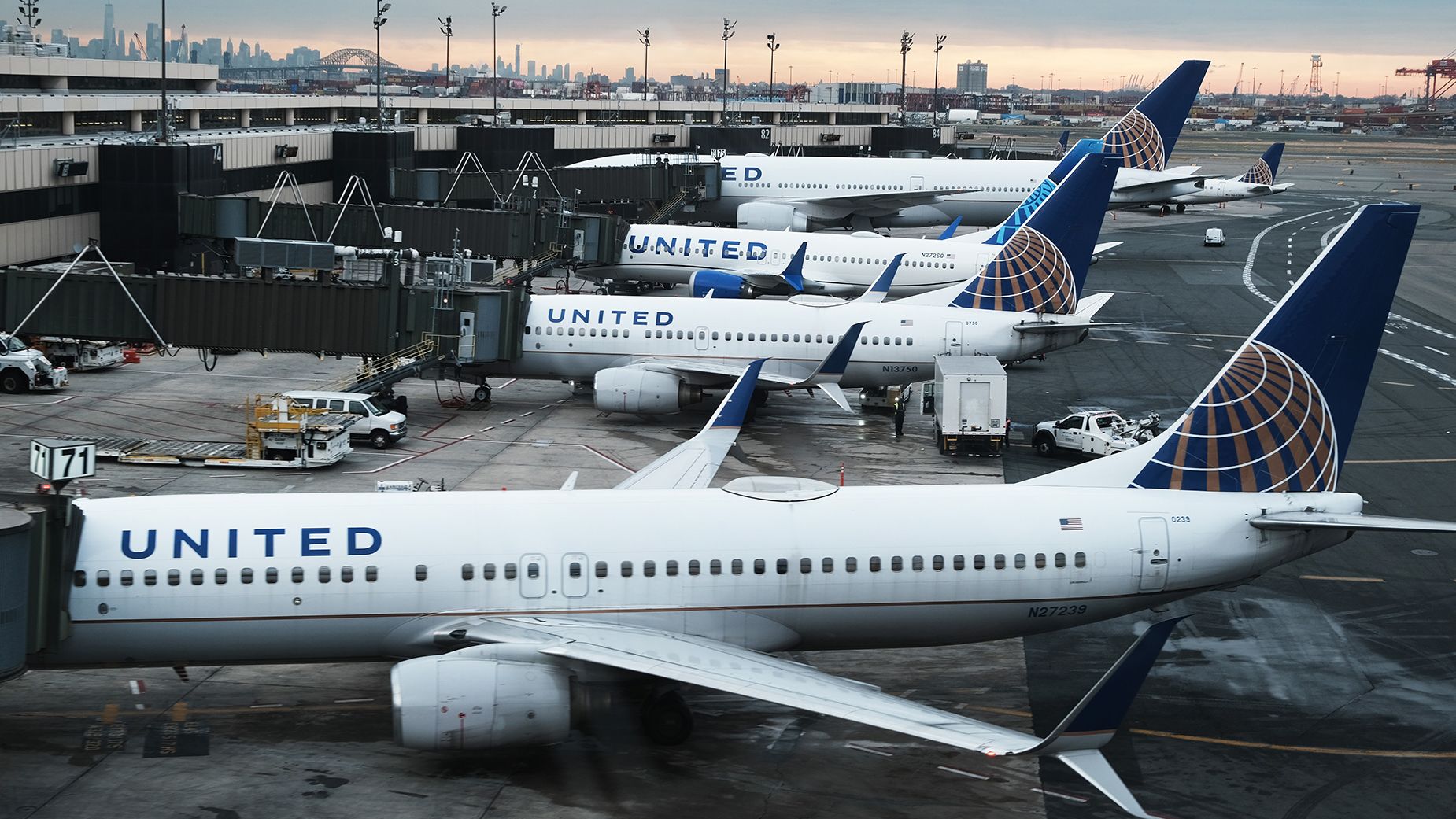Having passengers shuffle down the jetway and fumble their way into the cramped seats of a commercial flight is one of the most time-consuming, logistical nightmares that major US airlines execute thousands of times each day.
Now, the airline with the most planes will start packing in passengers using a new method. United Airlines says its six-group boarding procedure will be “improved to save up to two minutes of boarding time.”
Starting October 26, United says that after the initial boarding groups enter, window seat passengers in economy class without frequent flyer status will board next. They’ll be followed by those in middle seats, and passengers in aisle seats will board last.
The process, abbreviated as WILMA for window-middle-aisle, “was tested at four domestic line stations and one hub and it’s faster,” United said in a company memo to its customer service representatives.
United’s change also means those who book window seats could have a slight edge for coveted and limited overhead bin space.
Faster boarding = big savings

“Saving even one minute in airplane turn time can sum up to several hundred million dollars per year for a large airline,” says John Milne of Clarkson University in Potsdam, New York. Milne’s co-authored more than 20 journal articles on the topic of airplane boarding.
Milne says the time savings come down to better utilizing a key airline resource –airplanes – adding “particularly large savings for an airline result when the boarding time reduction leads to offering an additional flight during the day.”
The move is the latest change in boarding procedures by a major airline in the United States.
American Airlines switched to a nine-group boarding system in 2017 and made some tweaks to that system in 2023.
Earlier this year, Southwest Airlines, which doesn’t assign seats, announced changes to its three-group boarding system by limiting the number of passengers who could buy early bird check-in slots in order to snag a better seat.
‘Reverse pyramid’ boarding
There must be a better way, right? Milne is an advocate of the “reverse pyramid” method with four boarding groups.
The first is of passengers with window seats in the back half of the plane. The second is passengers with middle seats in the back half of the plane and window seats in the front half. The third group is middle seats in the front half of the plane and aisle seats in the back half. The fourth and final group is aisle seats in the front half of the plane.
“The Reverse Pyramid method boards faster than WILMA and it remains simple,” Milne says. “If airlines can tolerate more complexity – and there is little evidence that they do – there are even better methods.”
United’s new boarding procedure makes no changes to pre-boarding for those with disabilities or those with the highest level of frequent flyer status. Nor does it make any change to group one, which includes those in first and business class.




